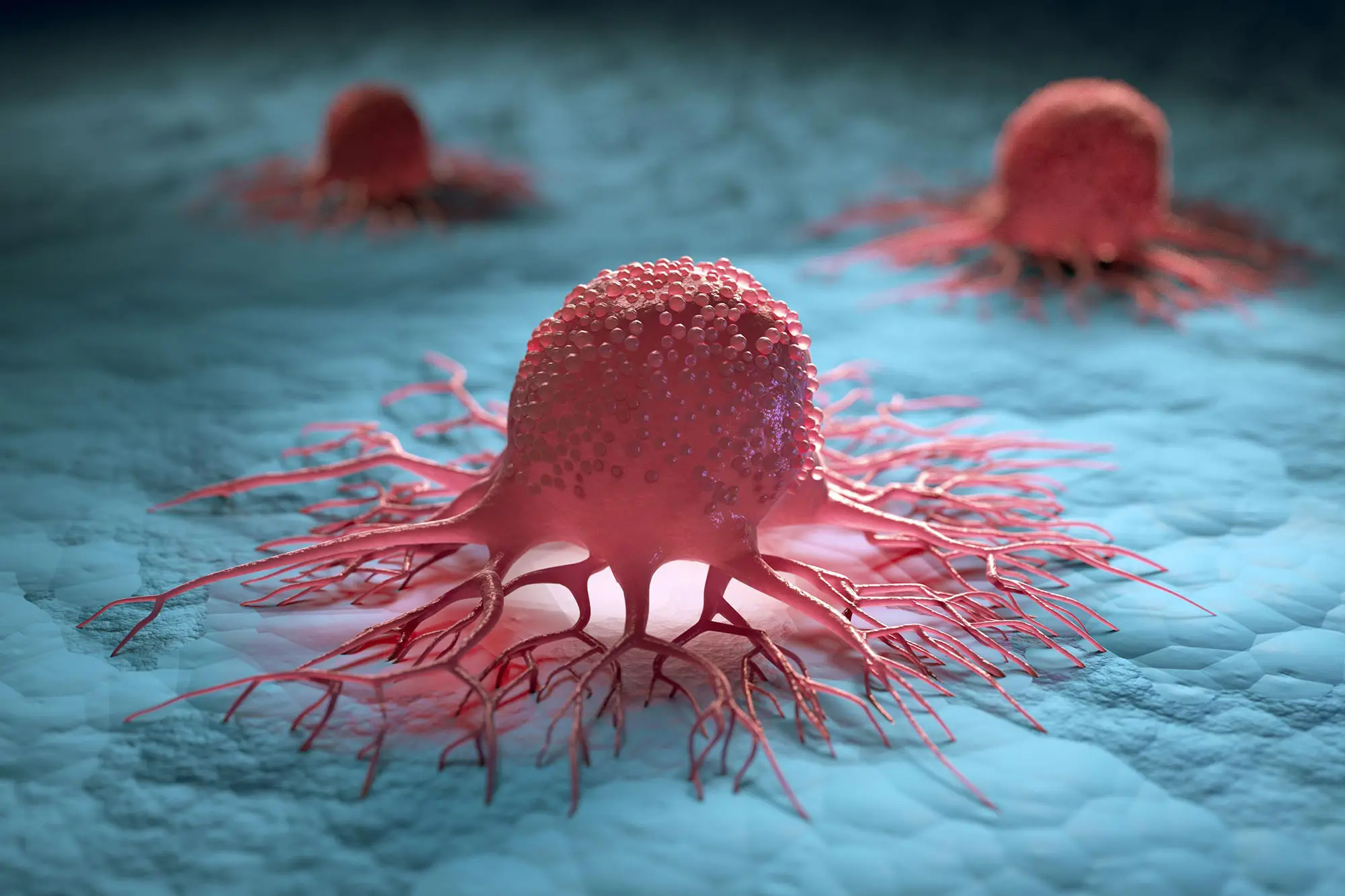Researchers have uncovered the molecular mechanism behind the degradation of low-density lipoprotein (LDL) receptors by the protein PCSK9. These receptors play a role in regulating the levels of cholesterol, a major component of LDL particles in the bloodstream.
A Canadian-led research team has made a breakthrough discovery to understand the mechanisms underlying cardiovascular disease and certain cancers. have identified a molecular mechanism that disrupts the low-density lipoprotein receptor.
Led by Nabil G. Seidah, director of the Biochemical and Neuroendocrinology Research Unit at the Montreal Clinical Institute and professor of medicine at the University of Montreal, the study was published in the journal. molecular metabolism.
His research was conducted in collaboration with Carole Fruchart Gaillard and colleagues from the Department of Medicines and Technologies for Health at the University of Paris-Saclay, and with scientists from the Faculty of Pharmacy at the University of Pisa, Italy.
Low-density lipoprotein (LDL) accumulates in the blood and can lead to atherosclerosis and heart disease. Levels of LDL and its associated cholesterol (LDLc) are directly regulated by the ability of the LDL receptor (LDLR) to collect LDL from the bloodstream and internalize it into cells, primarily in the liver. Surface LDLR drives LDL into the cell and traps it there. LDLR returns to the surface for another round of capture.
A rare case associated with the PCSK9 protein
Most cases of familial hypercholesterolemia are associated with LDLR dysfunction. But a rarer case is related to his PCSK9 protein, which Seidah’s lab discovered in 2003. PCSK9 is also present in the bloodstream and associates with LDLR, promoting its degradation by hepatocytes and preventing it from returning to the surface and trapping LDL. Some hypercholesterolemia patients have a “super PCSK9” that promotes the breakdown of LDLR.
Recently, highly effective treatments have become available to patients that either block the function of PCSK9 in the bloodstream (called monoclonal antibodies) or reduce its levels (called RNAi). 60% compared to conventional statins.
Now, Seidah and his team’s work unveils a previously misunderstood mechanism by which PCSK9 drags LDLR toward lysosomes, where cells degrade the PCSK9-LDLR complex.
Complex of three partner proteins
In their lab, Seidah and his team performed structural analyzes that revealed the formation of a complex of three PCSK9 partner proteins, including LDLR, CAP1, and HLA-C.
HLA-C, a key protein of the immune system, has been shown to play a key role in directing the entire complex to lysosomes. HLA-C enables ‘self’ recognition and also stimulates the anti-tumor activity of T lymphocytes.
PCSK9 helps prevent tumor growth and associated metastasis by increasing cell surface HLA-C levels.
Ultimately, it is hoped that inhibitors can be developed that prevent PCSK9 from interacting with HLA-C and block PCSK9’s function on LDLR and HLA-C.
This breakthrough has potential clinical applications for treating cardiovascular disease in patients and various types of cancer and metastases.
Reference: “Molecular Interactions of PCSK9 with Inhibitory Nanobodies, CAP1 and HLA-C: Functional Regulation of LDLR Levels”, Carole Fruchart Gaillard, Ali Ben Djoudi Ouadda, Lidia Ciccone, Emmanuelle Girard, Sepideh Mikaeeli, Alexandra Evagelidis, Maïlys By Le Dévéhat, Delia Susan-Resiga, Evelyne Cassar Lajeunesse, Hervé Nozach, Oscar Henrique Pereira Ramos, Aurélien Thureau, Pierre Legrand, Annik Prat, Vincent Dive, Nabil G. Seidah, 22 December 2022, molecular metabolism.
DOI: 10.1016/j.molmet.2022.101662
This study was funded by the CIHR Foundation, the Canadian Chair of Precursor Proteolysis, and the Fondation Leducq. The SOLEIL organization also provided research material.
